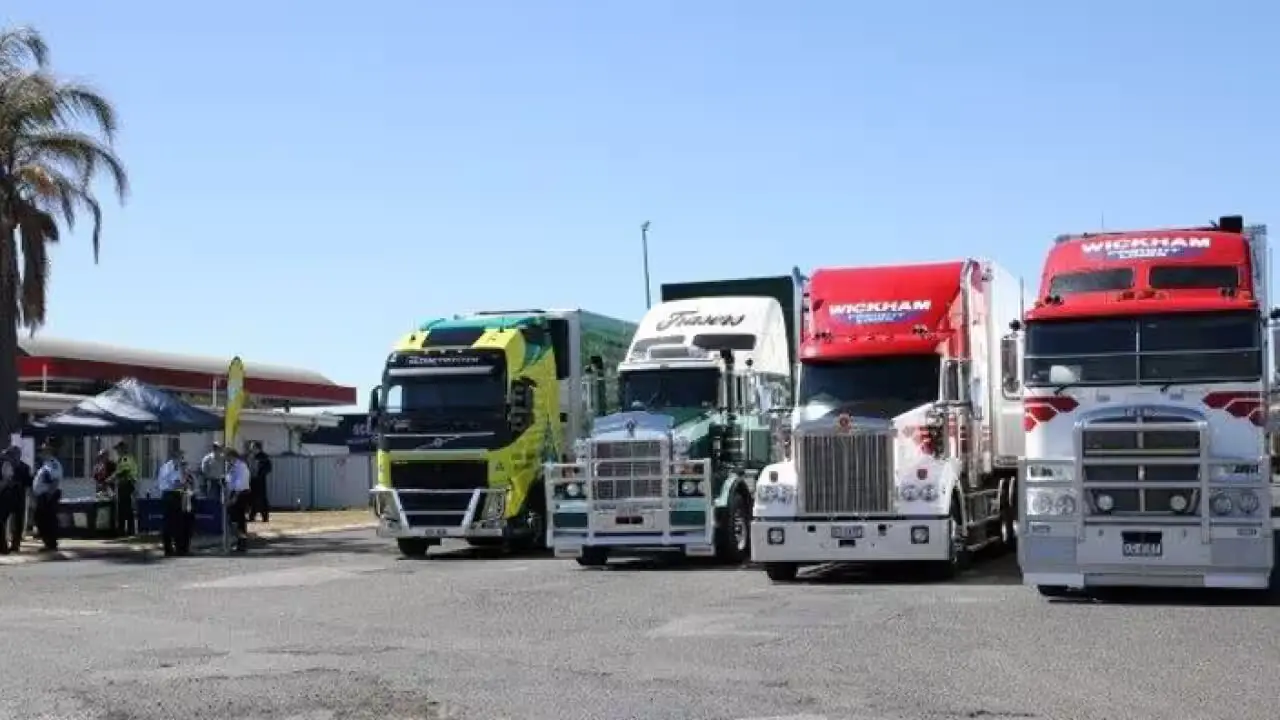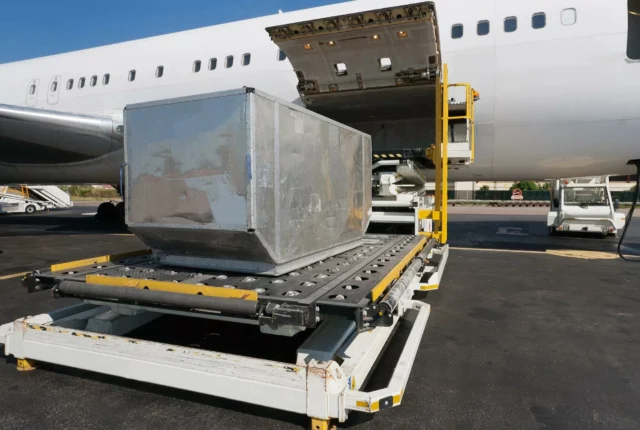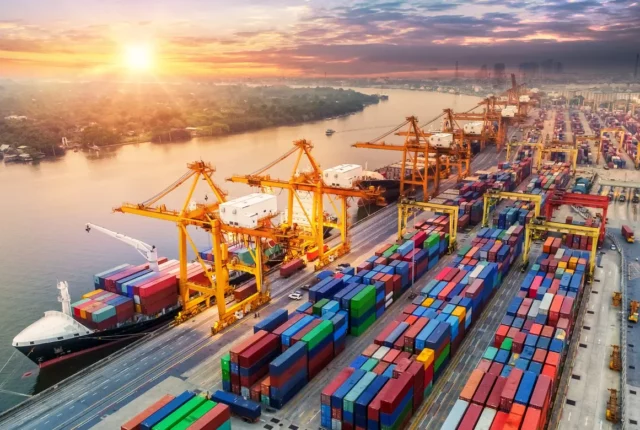
Challenges and Opportunities in Australia’s Road Freight Industry
Australia’s road freight industry is a crucial component of the nation’s economy, responsible for transporting over 75% of domestic freight. From groceries to construction materials, road freight ensures that goods are delivered across the vast Australian landscape.
However, the industry is not without its challenges, facing hurdles that range from aging infrastructure to environmental concerns. Yet, these challenges also present opportunities for innovation, growth, and sustainability.
Current State of the Road Freight Industry
Today, Australia’s road freight industry is a multi-billion-dollar sector that plays a vital role in the nation’s supply chain. It is dominated by major players, but also includes a vast network of small to medium-sized enterprises (SMEs) that provide specialized services.
Key Challenges Facing Australia’s Road Freight Industry
Aging Infrastructure
One of the most pressing challenges is the state of Australia’s road infrastructure. Many roads, particularly in rural areas, are in poor condition, leading to increased wear and tear on vehicles and longer delivery times. The need for constant maintenance and upgrades is a significant financial burden for both the government and private companies.
Regulatory Compliance
Australia’s road freight industry is heavily regulated, with a complex web of state and federal laws governing everything from vehicle standards to driver hours. While these regulations are essential for safety, they can also create inefficiencies and increase operational costs. Navigating these regulations requires companies to be diligent and adaptive.
Environmental Concerns
With growing awareness of climate change, the environmental impact of road freight has come under scrutiny. Trucks are a significant source of greenhouse gas emissions, and there is increasing pressure on the industry to adopt more sustainable practices.
Labor Shortages
The road freight industry is currently facing a critical labor shortage, particularly in the availability of qualified truck drivers. The aging workforce, combined with difficulties in attracting younger talent, has led to a skills gap that threatens the industry’s future. This shortage is exacerbated by the physically demanding nature of the job and the long hours required.
Rising Operational Costs
The cost of operating in the road freight industry has been steadily rising. Fuel prices, vehicle maintenance, insurance, and compliance with stringent safety regulations all contribute to the growing expenses. For many companies, particularly smaller operators, these rising costs are putting pressure on profitability and sustainability.
Opportunities in the Road Freight Industry
Technological Advancements
Technology offers numerous opportunities to address the challenges facing the road freight industry. Automation, artificial intelligence (AI), and GPS tracking are transforming how fleets are managed, improving efficiency, and reducing costs. Innovations such as autonomous vehicles and drones hold the potential to revolutionize the industry, making it more efficient and less reliant on human labor.
Sustainability Initiatives
As environmental concerns grow, there is an increasing focus on sustainability within the road freight industry. The adoption of electric vehicles (EVs) and alternative fuels, such as hydrogen, is becoming more viable, driven by advancements in technology and government incentives. These green initiatives not only reduce the industry’s carbon footprint but also offer long-term cost savings.
Infrastructure Investments
Significant investments in infrastructure are being made by both the government and the private sector. These investments include the development of new roads, the expansion of logistics hubs, and the enhancement of transport corridors. Improved infrastructure can lead to more efficient freight movement, reducing travel times and costs.
Growth in E-commerce
The rise of e-commerce has created a surge in demand for road freight services, particularly in the area of last-mile delivery. This trend presents opportunities for companies to expand their services and explore new business models. Specialized freight services that cater to the unique needs of e-commerce, such as refrigerated transport for perishable goods, are also on the rise.
The Role of Training and Development in Addressing Labor Shortages
Addressing the labor shortage in the road freight industry requires a focus on training and development. Upskilling the existing workforce and providing opportunities for new entrants to gain the necessary skills are critical. Industry-led initiatives, such as apprenticeships and partnerships with educational institutions, are essential in bridging the skills gap and ensuring a steady supply of qualified drivers and technicians.
The Impact of Global Events on the Road Freight Industry
Global events, such as the COVID-19 pandemic, have had a profound impact on the road freight industry. Supply chain disruptions, border closures, and changing consumer behavior have all created new challenges for the industry. However, these events have also highlighted the importance of resilience and adaptability. Companies that have been able to quickly adjust to these changes have emerged stronger, while those that failed to adapt have struggled.
Strategies for Navigating Challenges in the Industry
To navigate the challenges facing the road freight industry, companies must prioritize innovation and flexibility. This includes investing in new technologies, adopting sustainable practices, and building strong partnerships within the industry. By staying agile and responsive to changes in the market, companies can not only overcome challenges but also capitalize on new opportunities.
Australia’s road freight industry is at a crossroads, facing significant challenges but also vast opportunities. As the industry navigates aging infrastructure, regulatory complexities, environmental concerns, and labor shortages, it must also embrace the potential of technological advancements and sustainability initiatives.
By adapting to these changes and seizing new opportunities, the road freight industry can continue to play a vital role in Australia’s economy for years to come.
FAQs
What is the biggest challenge facing Australia’s road freight industry today?
The aging infrastructure is one of the most pressing challenges, leading to increased operational costs and inefficiencies.
How is technology helping to overcome challenges in the industry?
Technology, including automation and AI, is improving fleet management, reducing costs, and enhancing overall efficiency.
How is the Australian government supporting the road freight industry?
The government is investing in infrastructure, providing incentives for sustainable practices, and supporting technological innovation.






